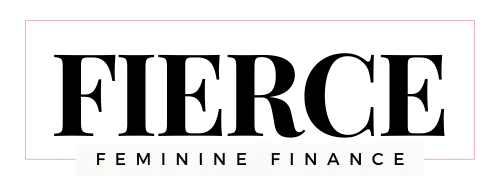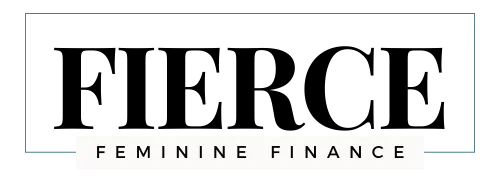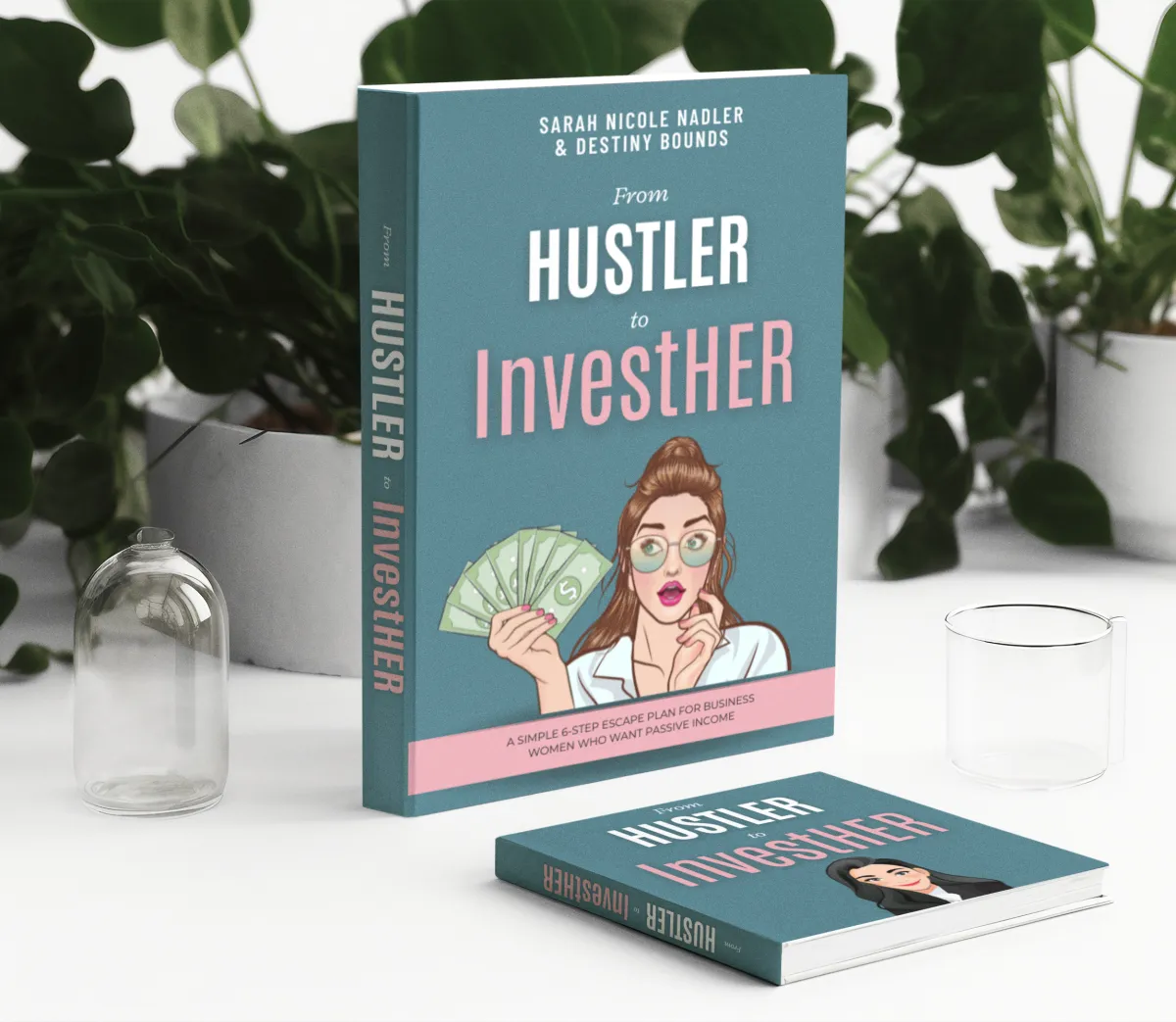
Retire Like a Boss: A Woman's Playbook for Business Exit Strategies
“Most women know it IS possible to use their business as a retirement plan...they just aren't sure how to do it.”
Have you ever found yourself saying, “I don’t need to invest/save for retirement because my business IS my retirement plan”?
I hear this one from a lot of entrepreneurial women and I know it's a popular idea.
After all, you’re building a business you love; it’s your brainchild, your dream, and probably the main source of income for your family. So you naturally want to reinvest all your extra cash back into it whenever possible to see it continue to scale and grow.
But if you’re like most women: you may not be totally sure how that all is supposed to work.
After all, when you started your business you began by trading time for money, and even once you’ve built a team someone has to manage and lead that team.
The bigger your business gets, it’s not like the problems go away…you just have different (and sometimes bigger) ones! So there isn't really anything passive about running a business.
So how does a business fit in with your “retirement plan”?
Well, first of all: if you know me at all you know I strongly believe the old retirement model is DEAD.
I don’t think that planning to stay addicted to hustle culture until age 65 and then suddenly stop and live a life of constant vacation is a recipe for happiness or mental health.
Instead, here on Fierce Feminine Finance, we focus on buying or building assets that can pay you passively every month: so you achieve Financial Freedom* not retirement.
Financial Freedom: When your monthly passive income exceeds your basic expenses so you no longer have to trade time for money.
This approach makes it possible to still do all the parts of your business that you love–the activities you would do even if you weren’t being paid for them–and increase your impact by helping more people, serving your community in a greater way, etc., all while living the lifestyle of your dreams.
So the question is more, can my business be a source of passive income? And if not, then how can I leverage the business I’ve built when I’m ready to step away from it and live my dream lifestyle?
Great question! Let’s dive in:
With every episode of Fierce Feminine Finance, I like to empower you with a POWERFUL free resource that goes with the episode which you can implement right away to create some of the same results, if not better, in your business.

This week, since we are talking about the strategies for early retirement that are ONLY available to a business owner, I put together an Ultimate Retirement Guide for Busy Business Women so you know the best questions to ask your financial advisor.
After going through this free guide you will be able to choose a strategy that will help you retire early while living the lifestyle you're currently dreaming about.
You can download it right away by clicking here or on the photo above 👆
With that said, here are 5 strategies you can use to exit your existing business and retire... even if you're near retirement age and have no other investments! 👊
There are 5 ways a business can become a part of your overall plan for financial freedom. I went in depth on this topic in Episode 84 of The Six Figure Biz Podcast so I highly recommend you check that out.
But before I explain each of these five strategies, you have to realize the formula for how much an average person needs in order to retire is typically based on the amount of income they would need to replace when they are no longer working at a J.O.B...
That retirement planning model is the generally accepted practice right amongst the financial advisor community, and it's distributed to the general population, but it's not the best one for business owners.
Firstly, a lot of the traditional savings vehicles don't make sense, right?
You don't have a 401(k), or if you do there's no one else matching it! What about an IRA? These are both tax deferred* retirement vehicles, which means this is great if you're an employee in a job and you're expecting to be in a lower tax bracket someday when you retire...
...But it's not so hot for business owners. Because our income tends to be higher in the time of retirement than it was in the moments when we first started filling up that retirement vehicle! (Translation: you pay more taxes)
So rather than looking at how much you want to save for retirement exclusively as an exit plan...
...instead of asking, "How much do I need to save", I want you to ask yourself, "how much passive income do I want to have in retirement?"
I call this your Freedom Number:

To calculate your Freedom Number, start by journaling on this question: "If I had all the time in the world, and the complete support of my family and friends...what would I be spending my days doing if I didn't have to trade time for money?"
Once you have figured out your Ideal Day, the next step is to simply calculate how much monthly passive income you would need in order to lead that lifestyle.
Okay, now that you know your Freedom Number, let's take another look at how your business can help you get there.
5 Retirement Strategies ONLY Available To Business Owners
There are 5 ways your business can become a part of your journey to financial freedom, even if you're nearing retirement age and have no other investments.
Three of them involve selling the business, another is to make the business "boring" by building a team and hire a CEO to manage them (so you become like Warren Buffett or Codie Sanchez -- owning many businesses but running NONE of them!). The last one is my favorite...so here they all are with pros and cons for each:
Strategy #1: Sell Your Business To A Partner
As a business owner, your company is probably the largest asset your household owns. And one of the ways to turn it into a passive income stream that supports your dream lifestyle is to sell it once you are ready to move on.
In this article, I'll talk about three ways to sell your business, but the first you should consider is to bring on a partner with the intention of selling your ownership to them eventually.
This allows you to really ensure your clients will be served the way you treated them, as you will be training your replacement and documenting precisely how things are run as part of the transition.
Doing so provides two possible passive income strategies for you as the seller:
1) Your partner may take out a loan and buy you out with one lump sum. You can turn around and invest that lump sum into other assets that pay you passively, such as an annuity (click here to talk to a member of my team about how to do this safely).
2) Or your partner and you may choose to enter into a contractual agreement whereby the buy-out process extends years or even decades, which provides you with a potential for continuous income in retirement. This is called "owner financing".
Check out episode 49 for more details on how to turn either the lump sum or the long-term contract into passive income.
Pros:
Retain some rights. You can structure a deal that transfers your business to your associate or partner and generates liquidity for you, but allows you to remain involved and still practicing if you so choose.
Train your replacement. Ensure your clients will be served the way you treated them.
Cons:
Requires a highly-trained business owner. In order to afford a partner you must be capable of producing enough revenue to support the added financial burden until you transition.
Psssst! Thinking about selling your business soon? Watch this free training on how to plan properly so you can become financially free:
Strategy #2: Find A Private Buyer
The second option is to sell your business to a private buyer. Look for a new graduate or up-and-coming professional or entrepreneur who wants to own their own business, without having to start from scratch.
In this option, you again have the option to either accept a one-time lump sum or offer to finance the sale of your business with a portion of the profits being paid to you over the course of years or even decades - giving you a source of passive income.
Pros:
Leave a legacy. Your business is more likely to continue to serve clients then if you shut it down.
Cons:
Possible need to finance a portion of the transaction, which can leave some of your income at risk.
Most business owners do not know how to price their business correctly, or how to increase the resale value.
Strategy #3: Obtain A Buyout Or Merger
Another strategy is selling your business to a corporation when you're ready to transition, so they can either take over or merge your business with theirs.
Selling to a corporation has numerous advantages.
It helps ensure you will get market value on your business at the time of sale, provides a cash injection into your household which you can use to fund a multitude of other investments, and leaves a legacy behind by ensuring your company will continue serving clients and the community.
Pros:
Diversifying your personal finances. If your business is your most valuable asset, selling it to a corporation allows you to turn that asset into more liquid and more diversified investments.
Leaves a legacy. Your business will remain open and continue to serve the community.
Cons:
Relinquishing control. Most corporations have a highly-structured business model. Your way of serving clients may not remain the same after selling.
Strategy #4: Build A Team and Hire A CEO
Your fourth potential strategy for earning passive income as a business owner is to build a team and hire a CEO to manage them, rather than selling.
This means focusing on your leadership skills so you can confidently hire and train a dream team, and grooming a replacement CEO or manager for your business so you can leave without selling.
You become an "absentee owner" who retains full rights over the company without having to manage it or deliver the service personally.
This is a great option for having continuous income while living your dream lifestyle as well as a way for those professionals who love what they do to keep working at a more comfortable pace.
Pros:
Help retain clients. By not selling, you prevent the interruption of client flow in the business and thereby help keep the production steady and expanding.
Keep working as long as you want to. If you love what you do, why stop completely?
Reduce the risk of running out of income. By retaining ownership of your company, you create a continuous source of passive income which mitigates against the risk of running out of cash if you sold it for a lump sum.
Strategy #5: The BEST Way To Exit Your Business
As a business owner, the BEST strategy for exiting your business is to choose one of the four options I mentioned previously, and combine it with other investments to create multiple passive income streams.
There are many options out there, such as real estate investing, dividend-paying stocks, licensing out your expertise with digital products or something like a 7702a Account, which is a type of life insurance policy, and combining that with the sale or transfer of your business can provide a diversified portfolio of passive income streams to fund your dream lifestyle.
Pro Tip: Don't try to figure this out on your own! Work with a licensed financial advisor to make sure you are taking advantage of all the options available to you as a business owner.
In Summary
I hope you found this episode helpful!
Once you are ready to put an exit strategy in place, you will need a money coach to help you design the best passive income roadmap for you, your family & your business.
I can help.
A Beginner-Friendly Class On Investing & Building Passive Income for Business Women and Entrepreneurs
Get my exclusive strategy for turning your intellectual property into passive income and growing it to 5-figures per month and beyond! FREE


© Copyright 2025 Sarah Nicole Nadler LLC. All rights reserved.
2022 All Rights Reserved.



